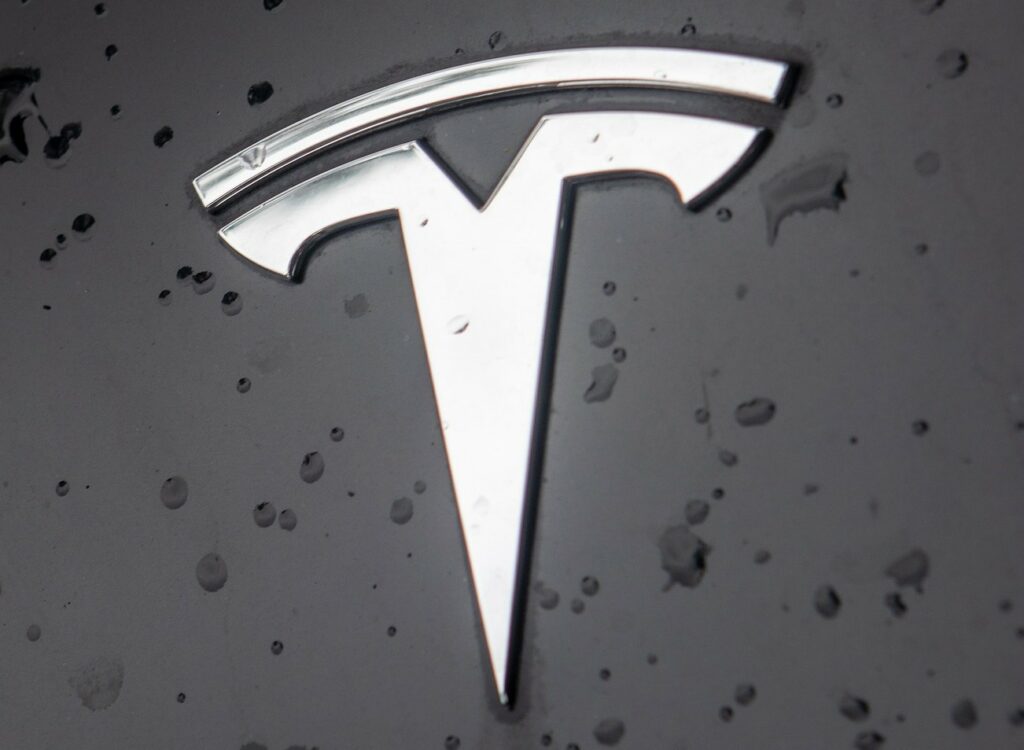The Netherlands announced plans to construct a 1.4 gigawatt battery storage facility, integrating Tesla batteries at its core. This ambitious project is set to solidify the nation’s stance in renewable energy advancements and storage solutions.
The facility aims to bolster the grid’s reliability and sustainability. As energy demand fluctuates, such infrastructures are essential for storing excessive renewable energy generated during low demand, thus making it available during peak periods. Technological implementation involves leveraging Tesla’s advanced energy storage solutions, touted for their efficiency and scalability. This initiative aligns with the European Union’s broader objective to reduce carbon emissions by 55% by 2030.
It is part of a growing trend across European countries investing in large-scale battery storage. Challenges persist, particularly regarding the integration of such massive storage systems into existing grid infrastructures. Concerns over the substantial requirement of raw materials for battery production highlight potential environmental and economic impacts. To overcome these challenges, collaborations between technological and environmental sectors are crucial.
Emphasis on recycling initiatives and sustainable sourcing of battery materials are potential mitigators. In this complex energy transition landscape, the Netherlands project exemplifies how countries can strategically maneuver through technical hurdles while advancing towards cleaner energy goals. The progressive approach of integrating cutting-edge technology while formulating environmentally sustainable practices can serve as a prototype for future projects worldwide.





